Photos by Steven Nikkila
For the full article on raised garden beds by Janet Macunovich, pickup a copy of the June, 2013 issue of Michigan Gardener in stores or find it in our digital edition.
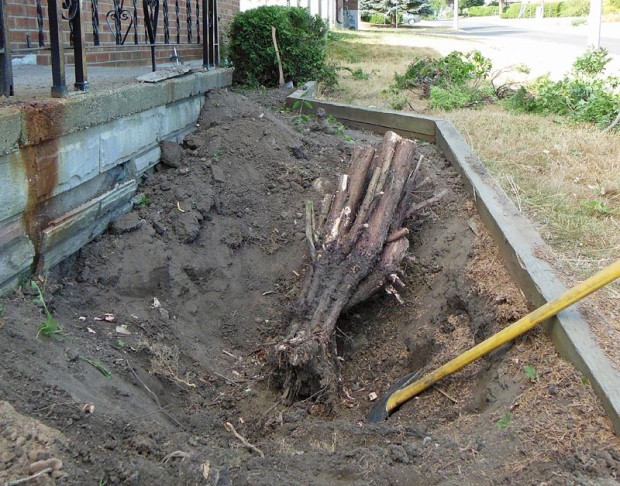
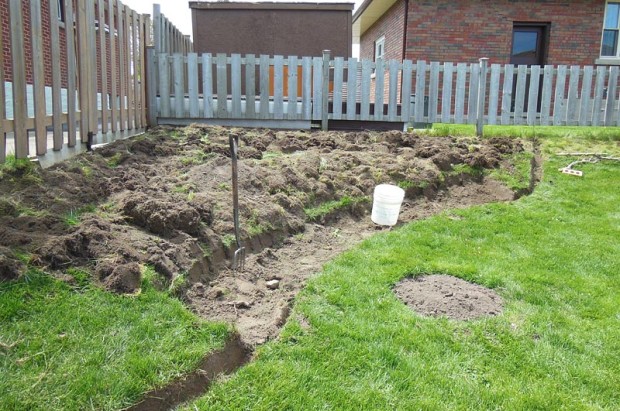
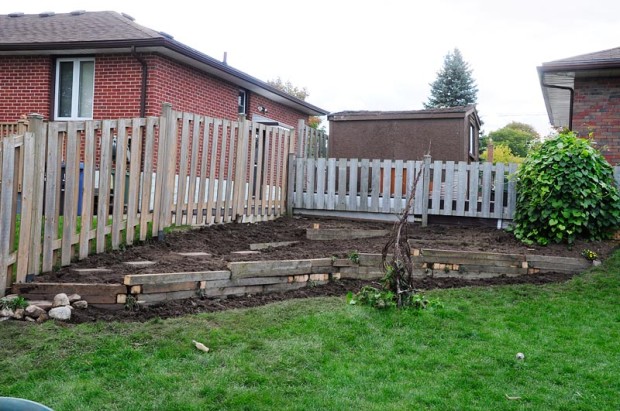
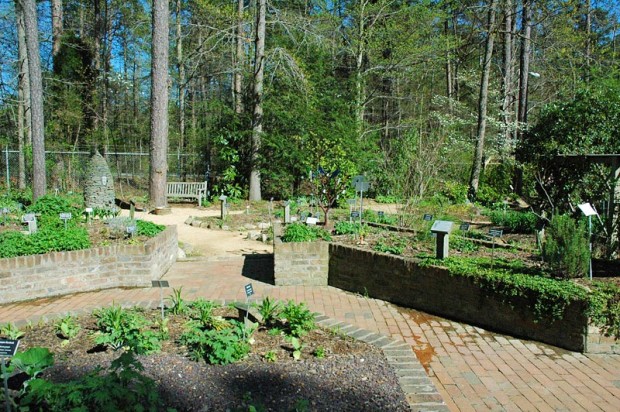
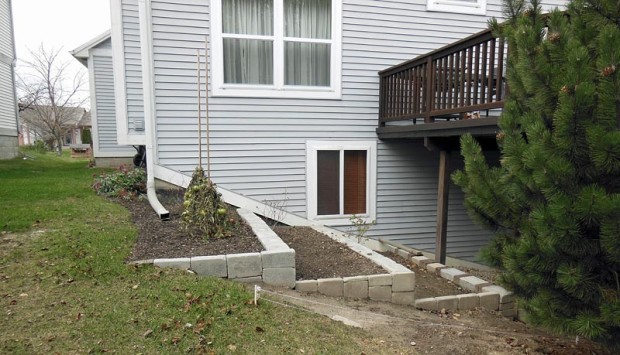
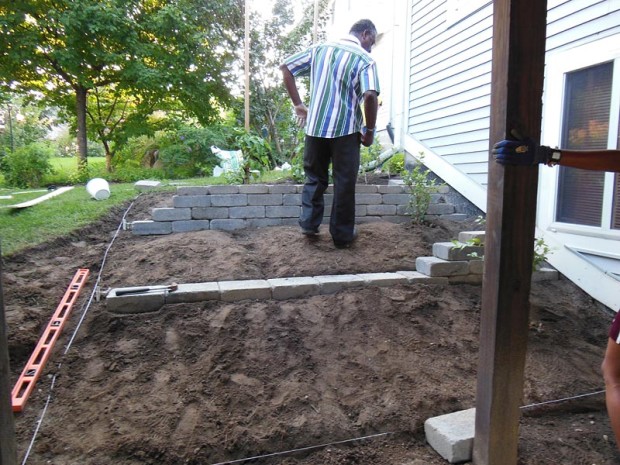
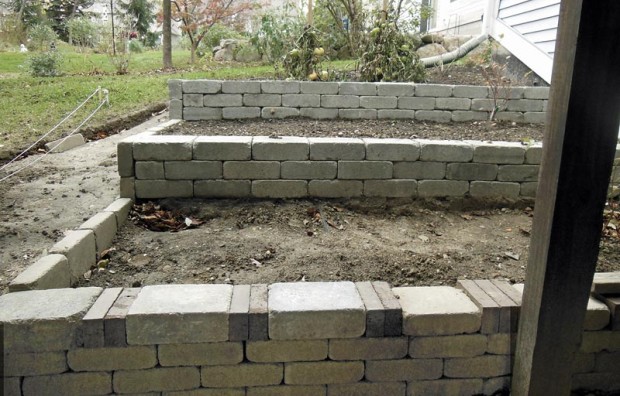
PLEASE NOTE: In the autumn of 1995, we hatched the idea for a free, local gardening publication. The following spring, we published the first issue of Michigan Gardener magazine. Advertisers, readers, and distribution sites embraced our vision. Thus began an exciting journey of helping our local gardening community grow and prosper.
After 27 years, nearly 200 issues published, and millions of copies printed, we have decided it is time to end the publication of our Print Magazine and E-Newsletter.
Photos by Steven Nikkila
For the full article on raised garden beds by Janet Macunovich, pickup a copy of the June, 2013 issue of Michigan Gardener in stores or find it in our digital edition.







This site uses Akismet to reduce spam. Learn how your comment data is processed.
Copyright 1996-2025 Michigan Gardener. All rights reserved.
Leave a Reply